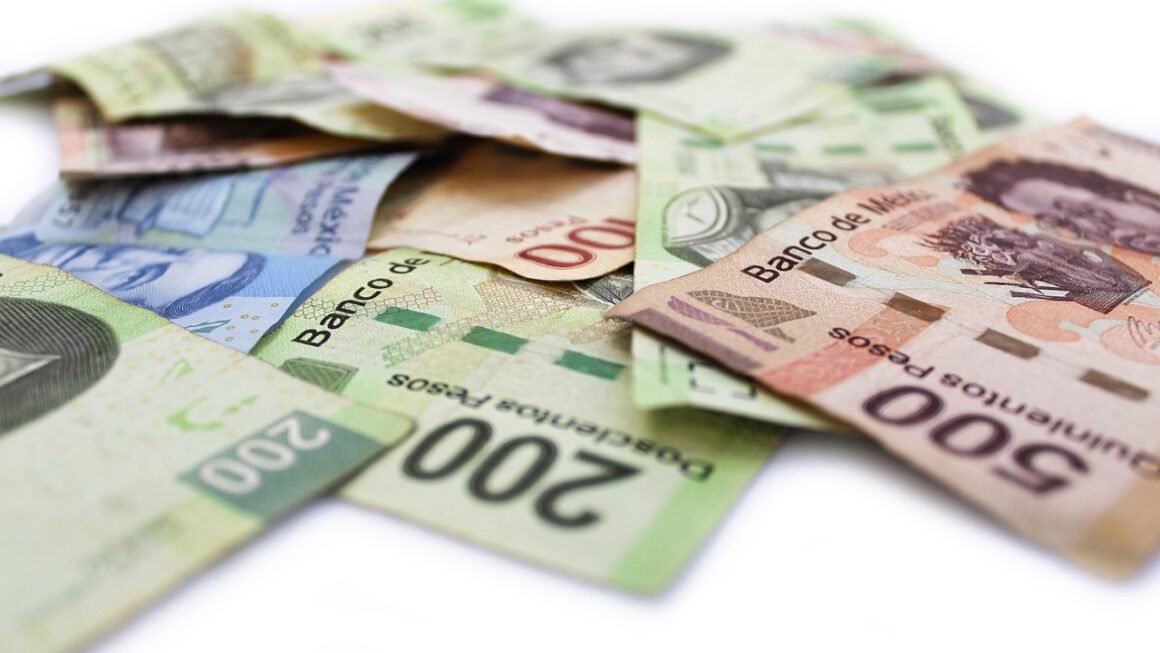Dividends: A Guide to Earning Passive Income from Stocks
Investing in the stock market offers various avenues for wealth creation, and dividends represent one of the most appealing—a portion of a company’s earnings distributed to its shareholders. This guide will delve into the world of dividends, exploring what they are, how they work, and strategies for building a dividend-focused investment portfolio. Whether you’re a novice investor or seasoned market participant, understanding dividends is crucial for making informed investment decisions.
Understanding Dividends
What are Dividends?
Dividends are payments made by a corporation to its shareholders, out of its profits. These payments are a way for companies to share their success with those who own their stock. Dividends can be paid in cash, stock, or property, though cash dividends are the most common. Not all companies pay dividends; typically, more established, profitable companies do, while growth companies often reinvest their earnings back into the business.
How Dividends Work
When a company decides to pay a dividend, its board of directors declares it. This declaration includes:
- Declaration Date: The date the board announces the dividend.
- Record Date: The date on which you must be a registered shareholder to receive the dividend.
- Ex-Dividend Date: Usually one business day before the record date. If you buy a stock on or after the ex-dividend date, you will not receive the declared dividend.
- Payment Date: The date the dividend is actually paid to shareholders.
For example, imagine a company declares a dividend on June 1st (Declaration Date). The record date is June 15th, the ex-dividend date is June 14th, and the payment date is July 1st. To receive the dividend, you must purchase the stock before June 14th.
Dividend Yield: A Key Metric
Dividend yield is a financial ratio that shows how much a company pays out in dividends each year relative to its stock price. It is calculated as follows:
Dividend Yield = (Annual Dividends Per Share / Price Per Share) x 100
For instance, if a company pays an annual dividend of $2 per share and its stock price is $50, the dividend yield is 4%.
Understanding dividend yield is important for assessing the attractiveness of a dividend-paying stock. A higher dividend yield may seem appealing, but it’s crucial to consider the company’s financial health and sustainability of dividend payments.
Benefits of Investing in Dividend Stocks
Consistent Income Stream
One of the most significant benefits of dividend stocks is the potential for a consistent income stream. This can be particularly valuable for retirees or those seeking passive income to supplement their earnings. Unlike capital gains, which are realized only when you sell a stock, dividends provide regular cash flow.
Potential for Long-Term Growth
Dividend-paying companies are often established and profitable, indicating financial stability. Investing in these companies can provide not only income but also potential for long-term capital appreciation. Furthermore, many companies increase their dividend payments over time, providing an increasing income stream.
Inflation Hedge
Companies that consistently increase their dividends can help investors keep pace with inflation. As the cost of living rises, increasing dividend payments can help maintain purchasing power. Dividend stocks provide a tangible return, unlike bonds where the interest rate may not keep pace with inflation.
Tax Advantages (Depending on Location)
In many countries, dividends are taxed at a lower rate than ordinary income. For instance, in the United States, qualified dividends are taxed at capital gains rates, which are often lower than income tax rates. Tax laws can vary significantly, so it’s essential to consult with a tax advisor.
Building a Dividend Portfolio
Research and Due Diligence
Before investing in any dividend stock, thorough research is essential. Key factors to consider include:
- Financial Health: Analyze the company’s financial statements (balance sheet, income statement, cash flow statement) to assess its profitability, debt levels, and overall financial stability.
- Dividend History: Look for companies with a consistent history of paying and increasing dividends. This indicates a commitment to rewarding shareholders.
- Payout Ratio: The payout ratio is the percentage of earnings paid out as dividends. A high payout ratio may indicate that the company is struggling to reinvest in its business. A sustainable payout ratio is typically below 75%.
- Industry Analysis: Evaluate the industry in which the company operates. Is it a stable, mature industry or a volatile, high-growth industry?
Diversification is Key
Diversifying your dividend portfolio across different sectors and industries is crucial to reduce risk. Avoid concentrating your investments in a single stock or industry, as this can amplify potential losses. Consider allocating your investments across various sectors, such as:
- Utilities: Often provide stable dividends due to consistent demand for their services.
- Consumer Staples: Companies that produce essential goods tend to be less affected by economic downturns.
- Healthcare: Healthcare is a defensive sector that often performs well regardless of the economic climate.
- Financials: Banks and insurance companies can offer attractive dividend yields.
Dividend Reinvestment Plans (DRIPs)
Dividend Reinvestment Plans (DRIPs) allow you to automatically reinvest your dividends back into the company’s stock. This can be a powerful strategy for compounding your returns over time. DRIPs can also reduce brokerage fees, as you’re not making individual purchases.
Example: Suppose you own 100 shares of a company paying a $2 dividend per share. With a DRIP, the $200 dividend you receive will be automatically used to purchase additional shares of the company. Over time, this can significantly increase your holdings and generate even more dividends.
Potential Risks and Challenges
Dividend Cuts or Suspensions
Companies can cut or suspend dividend payments during times of financial distress. This can negatively impact your income stream and potentially lead to a decline in the stock price. Therefore, it’s crucial to continuously monitor the financial health of the companies in your dividend portfolio.
Interest Rate Sensitivity
Dividend stocks, particularly those in the utility and real estate sectors, can be sensitive to interest rate changes. When interest rates rise, the attractiveness of dividend stocks may decline as investors seek higher yields from bonds and other fixed-income investments.
Tax Implications
While dividends may be taxed at a lower rate than ordinary income, they are still subject to taxation. It’s essential to understand the tax implications of dividend investing in your jurisdiction and consider strategies for minimizing your tax liability, such as investing through tax-advantaged accounts.
Not All High-Yield Stocks are Good
A high dividend yield can be a warning sign. Sometimes, a very high yield indicates that the company’s stock price has dropped significantly, possibly due to underlying financial problems. Always investigate why a stock has a high yield before investing. A yield that seems “too good to be true” often is.
Conclusion
Dividend investing can be a rewarding strategy for generating passive income and building long-term wealth. By understanding the fundamentals of dividends, carefully researching dividend-paying companies, and diversifying your portfolio, you can create a robust and sustainable income stream. However, it’s crucial to be aware of the potential risks and challenges associated with dividend investing and to continuously monitor your investments. Remember to perform thorough due diligence before investing in any dividend stock and consult with a financial advisor if needed.



